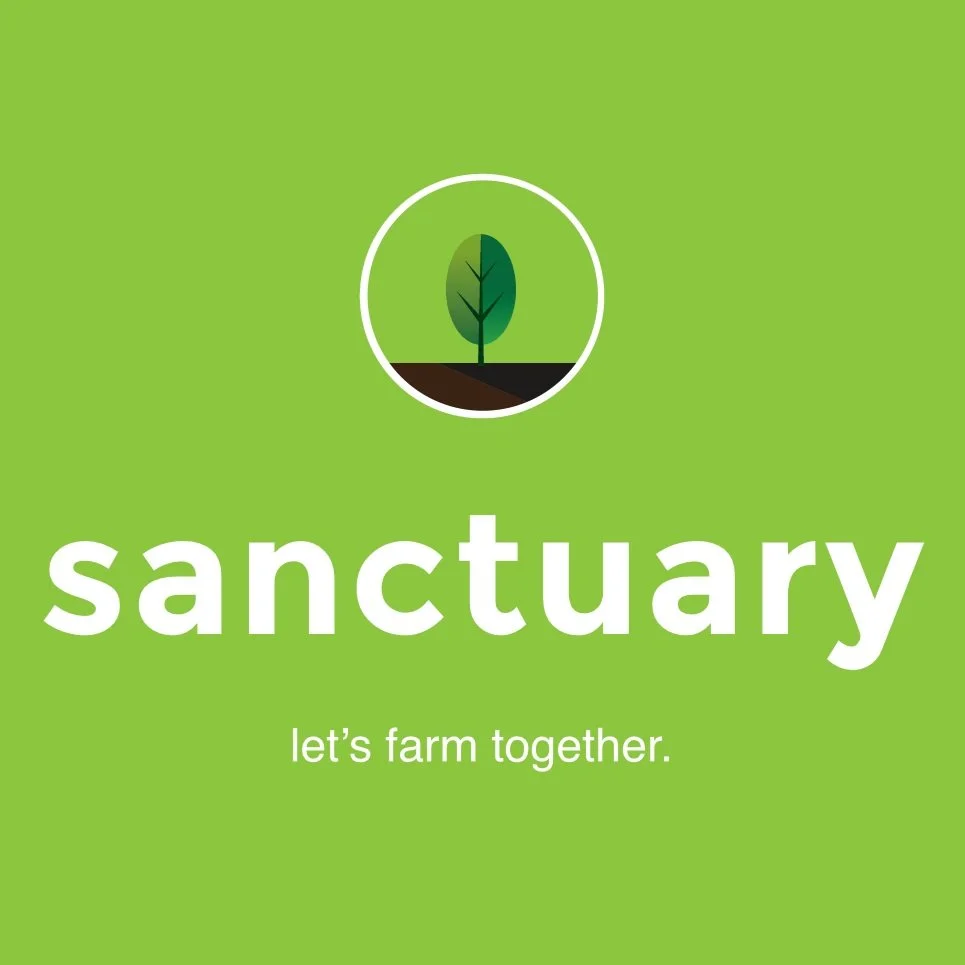Sanctuary — UX Design Project
Background
Sanctuary is a concept for a mobile game where players gather and contribute resources to a virtual farm by exploring their community and playing augmented reality (AR) mini-games with other players. Our primary goal with this game concept was to encourage video game players to interact with each other outside of the virtual space. This way they can make new friends, improve self-esteem through skill-based tasks, contribute to a common goal, and learn more about their community by exploring it.
-
Time Frame: 8 weeks
Primary User Base: Casual gamers who want to socialize
My Role: Ideation, creating guidelines for the design process, writing up interview/survey questions, note-taking, user testing, improving the narrative flow, helping design and build low-fidelity and medium-fidelity prototypes
Platform: Mobile devices (iOS and Android)
Market Sector: Video games
-
Research Methods: Interviews, surveys, user testing
Design Methods: Affinity mapping, persona creation, needs statements, prioritization grid, hills
Prototyping Methods: Paper prototype and storyboards, wireframes, clickable digital prototypes
Digital Tools: Keynote, Google Drive, Figma
Skills: User research and testing, persona creation, idea prioritization, prototyping
User Research & Analysis
We know we wanted our project to be based around social inclusion, and we wanted to explore the virtual ways that people interact. I helped construct user interviews and an online survey around these concepts, asking questions about communities people have been involved in and video games they had played.
We took the responses from the interviews and survey and started drawing out phrases and common themes in their responses. I took these and helped place them on sticky notes, and clustered them in an affinity map so we could see some common themes emerging. These themes included: the definition of social inclusion to them, what they like about video games, pain points they have when playing video games, community projects they had done, why they valued community work, and why they felt excluded from certain communities.
Requirements Analysis
We used this affinity mapping to create our user persona: Stefan. We created him as an amalgamation of the responses we were seeing from people in our research. He is introverted but wants to belong to a wider community, plays video games but doesn't make friends easily, and wants to feel socially included.
I helped organize our "as-is" and "to-be" scenarios for Stefan, so we could get an idea of where he is now and what solutions could help him. I also helped create the needs statements chart to address Stefan's problems, and I contributed ideas and collected our group's ideas onto the board. These needs statements were later refined down to just a few, but they gave direction to our project. We realized Stefan needed a digital means to feel socially included.
Our group started coming up with ideas. I set out the guidelines for coming up with ideas, suggesting a time limit to force us to think on our feet and making sure we came up with at least one absurd idea each to stretch our creativity. We then prioritized our ideas on a grid, with the most feasible and impactful ideas ending up in the top right corner. We voted on each of our 8 favorite ideas, with 4 votes for the most feasible and 4 votes for the most impactful.
We settled on the ideas that got the most votes: creating a game that incorporated community gardening and player interaction (which we later changed to community farming), augmented reality (AR) functionality to get Stefan interacting with the real world, and in-game incentives to make friends and boost his self-esteem.
I helped create some hills for our team as well, and we eventually settled on three hills we wanted to accomplish:
"Stefan can learn more about his community through an interactive game that requires exploring the city for a collective community purpose."
"Stefan can make new friends through gameplay that incentivizes physical interaction and teamwork."
"Stefan can feel good about himself and boost his self-esteem by contributing to an in-game, collaborative task or puzzle."
Prototyping
We moved on to creating a low-fidelity prototype. I sketched out some ideas for what the map and AR functionality could look like, as well as coming up with the idea of a central farm hub that players could gather around. Each member of our group sketched out part of a storyboard and then combined them together into a continuous narrative. We inked our sketches, annotated them, and made copies of our storyboard. My group members and I used these copies to individually conduct low-fidelity user testing and gain feedback for our medium-fidelity prototype.
Our medium-fidelity prototype was constructed in Figma, and incorporated user feedback. Some changes we made were to clarify how to add friends and how a user could see who they were playing with. Users were also confused about what they were contributing to the farm, so we made the relationship between resource gathering and resource contribution more explicit.
We then linked together the wireframes of the medium-fidelity prototype in Figma to make it clickable. Click here to try out our clickable medium-fidelity prototype!
Evaluation & Next Steps
We then individually tested our clickable medium-fidelity prototype with users to get additional feedback. Some changes we made included eliminating unnecessary buttons and turning entire screens into modal overlays that a user could cancel. Our interviews with users helped us evaluate if we were accomplishing our hills as well as giving us an idea of their overall experience with the game.
We had to end the project here for the sake of the class, but if we could continue the project further, our next steps would be to develop a high-fidelity prototype to finalize the user interface, information architecture, and gameplay mechanics. I would also engage in more wide-spread user testing and observation, particularly out in the field where a user would be playing the game.
